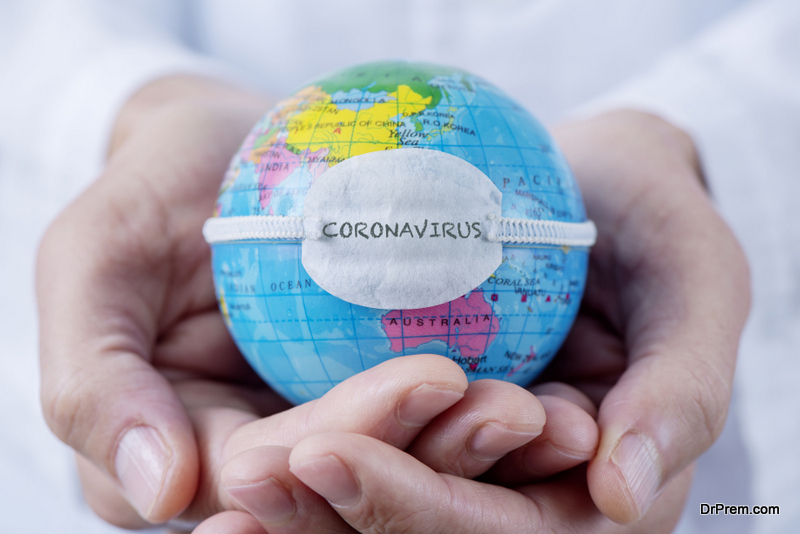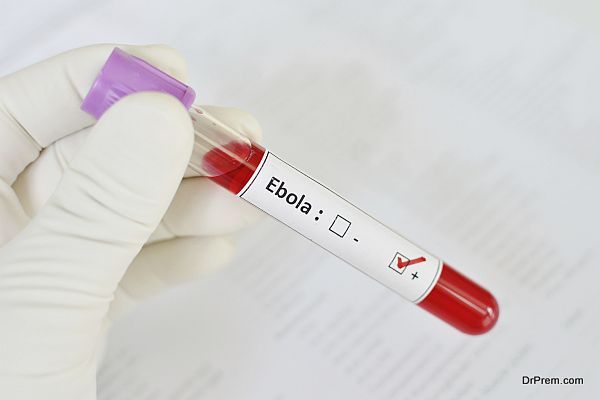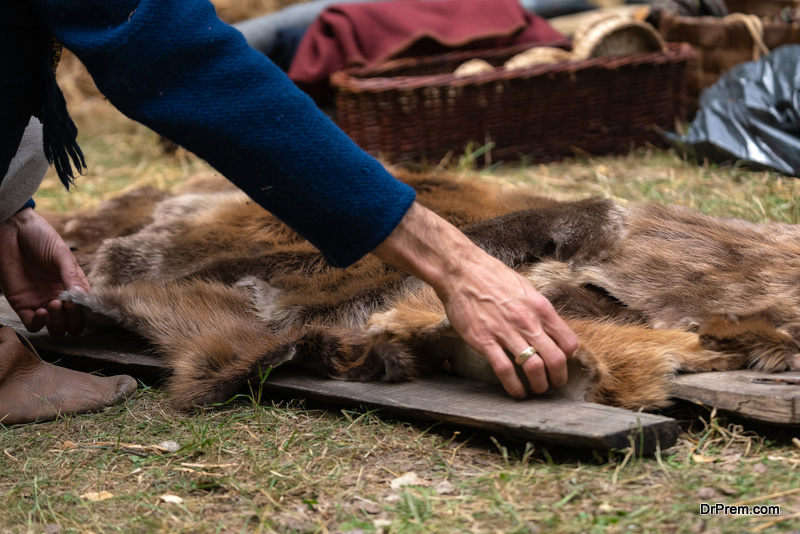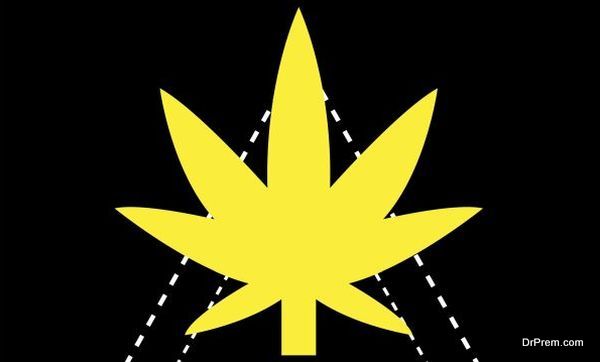The coronavirus pandemic has swept across the globe in relentless fashion, with infection rates continuing to rise with every passing day. As of October 8th, the Covid-19 virus has caused a total of 36.2 million cases, while accounting for 1.06 million deaths.
Although the exact origin of Covid-19 has yet to be proven, there is substantial evidence to suggest that SARS-CoV-2 (the etiologic agent of Covid-19) occurred within the Wuhan ‘wet market’.
We’ll explore this further in the post below, while asking how human practices and the treatment of live animals continues to increase the risk of further pandemics in the future.
The Wildlife Trade and Covid-19
 While the human impact of coronavirus has been well-documented, while the socio-economic fallout from the disease has yet to be fully realised.
While the human impact of coronavirus has been well-documented, while the socio-economic fallout from the disease has yet to be fully realised.
However, the International Monetary Fund (IMF) has recently downgraded its forecast for the global economy in 2020, from -3% (predicted in March) to -5%. Although a partial recovery is forecast for 2021, this remains highly uncertain and dependent on either the ability of governments to control the spread of coronavirus or identify a viable vaccine.
The pandemic has also wrought havoc on the global financial markets, creating significant peaks and troughs for equities and immense volatility within the currency trading space.
Given this, it seems to think that Covid-19 has originated from the controversial wildlife trade in China and Asia, with the aforementioned ‘wet markets’ in Wuhan considered to be most at fault.
A wet market is essentially a consumer marketplace that sells fresh meat and fish alongside exotic fruits and vegetables.
These open-air settings typically feature live animals that are freshly slaughtered upon being sold, and although they form part of the rich tapestry of community life in China, they’ve been linked to the prolific spread of diseases and viruses that originate in certain species.
The World Health Organisation (WHO) has already determined that Covid-19 is a zoonotic disease, which confirms that it has originated from an animal and most likely one that has been kept in relatively unsanitary conditions.
How Humans are Continuing to Increase the Risk of Future Pandemics
 In this respect, Covid-19 is the latest in a long line of zoonotic diseases that have impacted on the globe in recent times, including SARS, Ebola, Bird Flu and MERS (which is transmitted from both mammals and birds).
In this respect, Covid-19 is the latest in a long line of zoonotic diseases that have impacted on the globe in recent times, including SARS, Ebola, Bird Flu and MERS (which is transmitted from both mammals and birds).
Most experts have traced Covid-19 back to bats, which are widely sold in Wuhan’s wet market and are renowned for spreading a number of diseases that are dangerous to humans.
This is clearly a significant issue, and one that becomes increasingly prevalent as humans continue to impact negatively on the environment and interact more closely with animals in settings such as wet markets.
According to David Attenborough in the BBC documentary Extinction, humans are continuing to have a destructive relationship with the natural environment, creating a greater risk of pandemics taking hold and damaging human life in the process.
This is borne out by the increased number of zoonotic diseases referenced above, each of which have occurred after the turn of the century. Each of these diseases are directly linked to the actions of humans, and it’s clear that something must be done to avoid another pandemic from wreaking havoc in the future.
Of course, wet markets are outlawed in the UK and much of Europe, while the Chinese government has also imposed short-term emergency measures to close wildlife markets and ban the consumption of wildlife from these locations.
However, this arguably needs to be a permanent ban if the risk of a future pandemic is to be minimised, while a focus also needs to be placed on improving the wellbeing of livestock and the conditions in which they live.
This remains something of a cultural battle in China and similar regions, but it’s one that has to be waged if we’re to take responsibility for our role in triggering pandemics past and present.
Article Submitted By Community Writer




